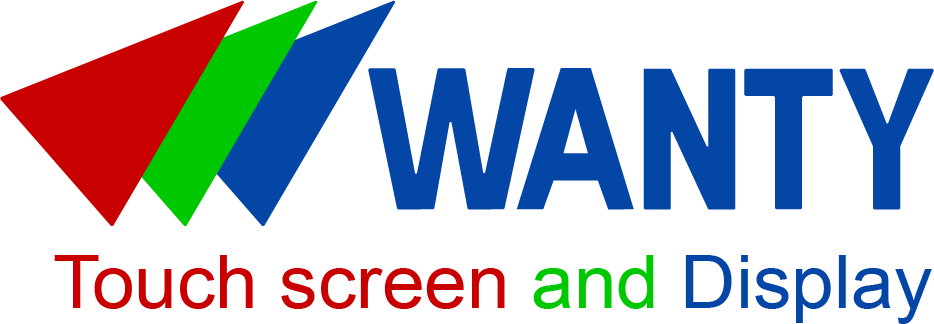Capacitive Touch Integrated Touchscreen: 2025 Technology
News
Aug-25-2025
What is a Capacitive Touch Integrated Touchscreen?
- High-resolution touch display, a capacitive touch integrated touchscreen is a high-resolution touch display that uses a touchscreen with projected capacitive (PCAP) technology to detect user inputs as a result of human body conducting properties. The screens require no pressure, as is the case with resistive screens. They instead have an interface rather than a touch-sensitive display that is easily readable by the fingers or a capacitive stylus.
- The design of these screens is such that it makes they screens to have the ability to integrate an in-built touch control system, which implies that they shall contain an embedded touch control IC and shall therefore have the capability of detecting multiple touches simultaneously. This enables them to be perfect in complex, often-used gestures such as pinch-to-zoom, swipe, or drag.
The New Age in Human-Machine Interaction
With the increased clamor of digitization and touch drives, the concept of capacitive touch integrated touchscreen is redefining the human connection with the machinery and gadgets. The new, built-in systems do not demand any resistive touch or other peripheral input device, as in the case of traditional display systems, because they have a sleek appearance and their functionality is intuitive. Designing an HMI in an industrial automation control, a self-service retail kiosk, a finless embedded system, or one of many more, the capacitive touchscreen is a game-changer.
Technology Used in it: Projected Capacitive (PCAP)
The clever multi-touch-based user interface (UI) is of PCAP technology. It operates by creating a screen grid using a transparent conductive substance. The controller reads the local electrostatic field that is varied when a finger is touched on or off the display. Touches are extremely precise, durable, and respond quickly compared to resistive technology, with the PCAP-based capacitive touchscreen systems having an embedded controller. The latter can be made waterproof to an IP rating on their touchscreen performance, and hence very appropriate in a rugged industrial or outdoor scenario.
Design Integration: Be Beautiful and Be Efficient
The edge-to-edge incorporation of displays is also among the characteristics of such systems. In designing a slim bezel-less display on a consumer product or some piece of factory equipment with a rugged capacitive touch screen solution, the form factor remains relatively small, and it is functional.
It also has other features such as anti-glare capacitive surfaces, scratch-resistant glass panels, and glove-compatible touch panels, which bring the advantage of usage in various environments.
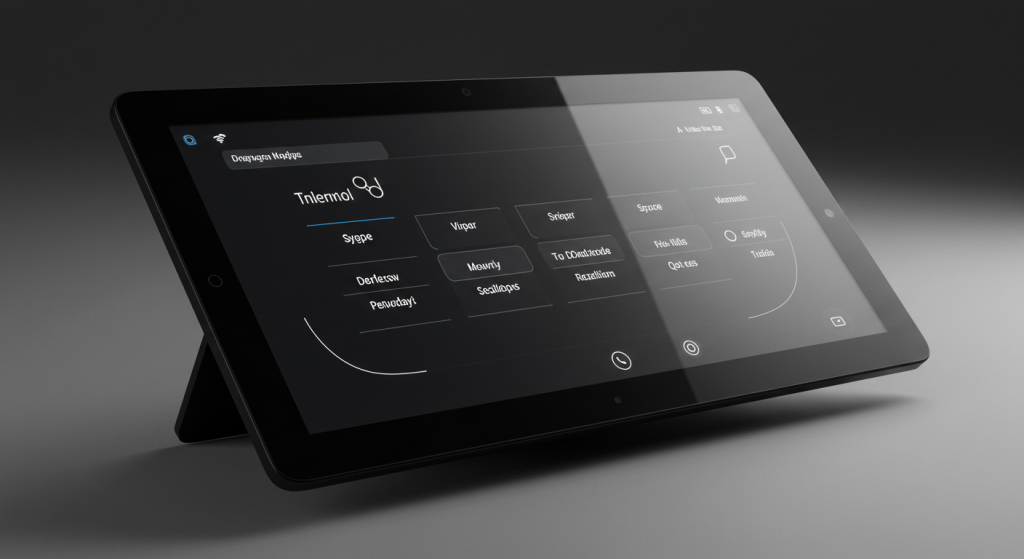
Industrial Uses
The Capacitive integrated touchscreen monitors world is transforming how most of the professional worlds interact, which cannot be compared with the same in terms of responsiveness, durability, and flexibility to specific operational requirements:
- HMI Touchscreen: Industrial Automation Panels like this one are highly foundered, and as such, are manufactured such that they can withstand the dusty, moist, and even the rocky jostles in the factory setting. Their particular touch control allows the operators to navigate within the complex system easily and with complete knowledge of all spheres.
- Touch Panel Technology: The touch panels are fast and responsive, and also include a medical touch panel technology, which features easy-purge disinfection safety in a hospital arena. They are highly sensitive, hence they are fast and precise when used in the presence or absence of gloves and styluses.
- Capacitive Display: The future of kiosk stores is available to be utilized 24 hours a day, with clear images, have good quality glass, and are in the form of a more modern model, so these Capacitive LFDs are a perfect fit as a self-service kiosk.
- Interactive Digital Signage: The traditional signage can be developed into an interactive customer relationship platform through multi-touch interactivity, which could be real-time and even within a commercial or public location.
- POS System Touch Display: One gets a pleasant sight in reading that there are simple and fast input technologies that transport restaurant and retail stores into the checkout area. The capacitive screens will not lag when subjected to excessive usage, and the services in total will be faster, and customer satisfaction will increase.
Comparison of the Advantages of Touch Over Traditional Technologies of Touch
Capacitive touch applied to touchscreens has many benefits that lift it comparatively high above resistive technologies, particularly in applications in modern embedded systems and industrial interfaces:
• Most Sensitive Touch: Capacitive touchscreens offer the least amount of static push to receive the most accurate and accurate input detection. This elevates the rate of satisfaction of the users and improves the efficiency they have at work.
• Multi-Touch Technology: Unlike a resistive panel, which is capable of single-point input, a capacitive panel is capable of smooth multi-point input, something as pinch, zoom, swipe, etc. Multi-touch user interface (UI) design is important.
• Systematic Visual Excellence: The use of capacitive screens allows the elimination of unnecessary pressure layers that allow the optical path to be clean. This resultant effect makes our perceivable pictures that give the image quality and improved contrast ratio that are ideal concerning high-resolution capacitive integrated touch screen displays.
• Longer Lasting and Less Prone to Breakage: most capacitive panels are made with chemically treated, hardened glass, offering surface scratch protection and impact, including near indestructible, fighting off the effects of the forces of nature.
•Sleek and Futuristic: These sleek, futuristic capabilities of the capacitive systems to go edge-to-edge on the flat panel compromise the prospects of ultra-thin and flashy designs, and therefore, capacitive systems are requested to replicate the next-generation devices, intelligent kiosks, and built-in HMI systems.
Selection of the Right Capacitive Touch Integrated Touchscreen
In deciding to go touchscreen display with capacitive integration, you need to bear in mind the following:
• Resolution and the dimensions of the screen
• Touch point Requirement (Single and multi-touch)
• Durability Requirement (Out versus Indoor)
• Environmental Qualities (IP65, NEMA, and so on)
• Types of installation types (Panel, VESA, Open Frame)
Have no idea where to start? Through our people down at Wanty, we could help you to customize a solution to suit your application.
Conclusion
A capacitive touch integrated touchscreen is not just a component but the pillar of modern, easy-to-use user interfaces. It may be the HMI development, or a retailing kiosk improvement, or an embedded system design; they are clever, receptive, and highly customizable solutions that will ensure that your product will stand out among the crowd. Check out WANTY to see what we currently have in our shop and innovative solutions that are available for you today to be able to find your next custom touchscreen.
Related Topics
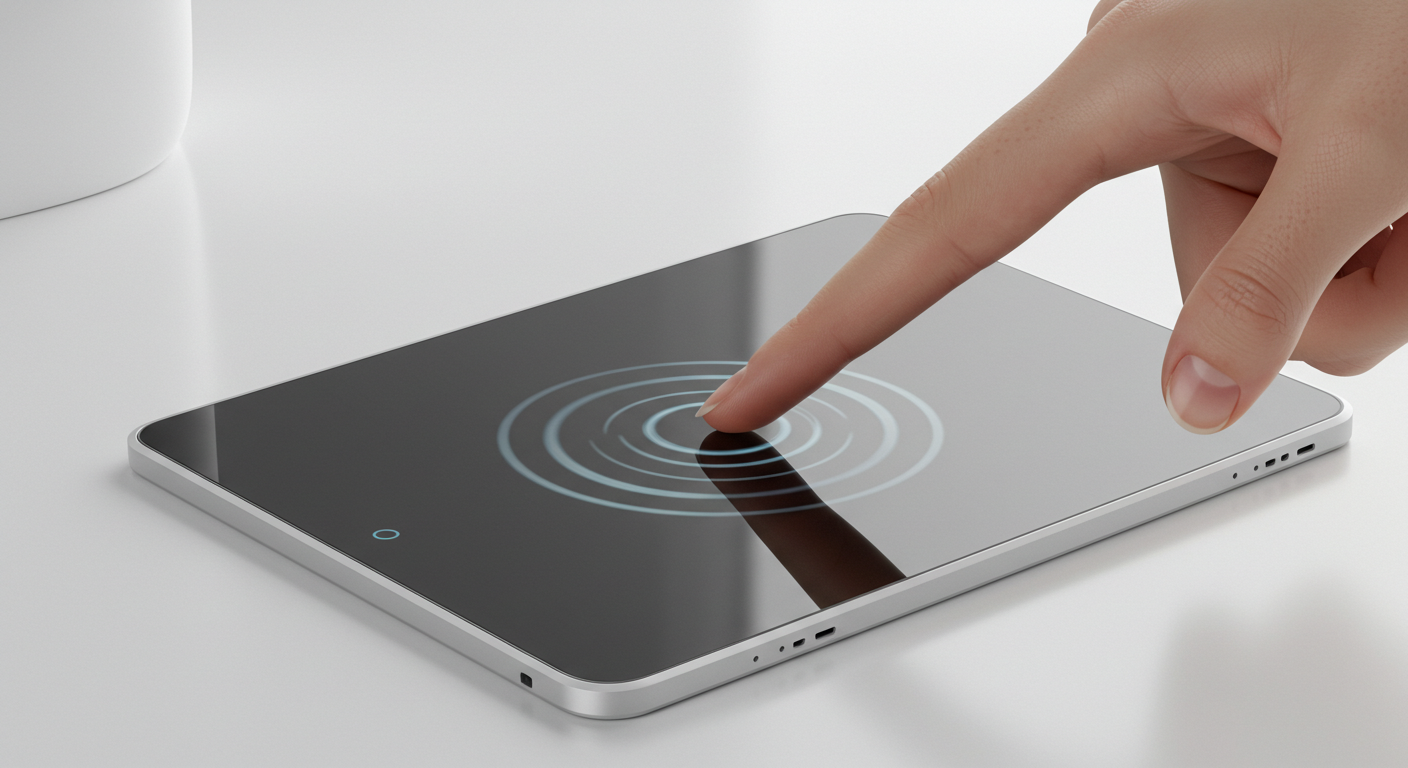
Capacitive Touch Integrated Touchscreen: 2025 Technology
Aug-25-2025
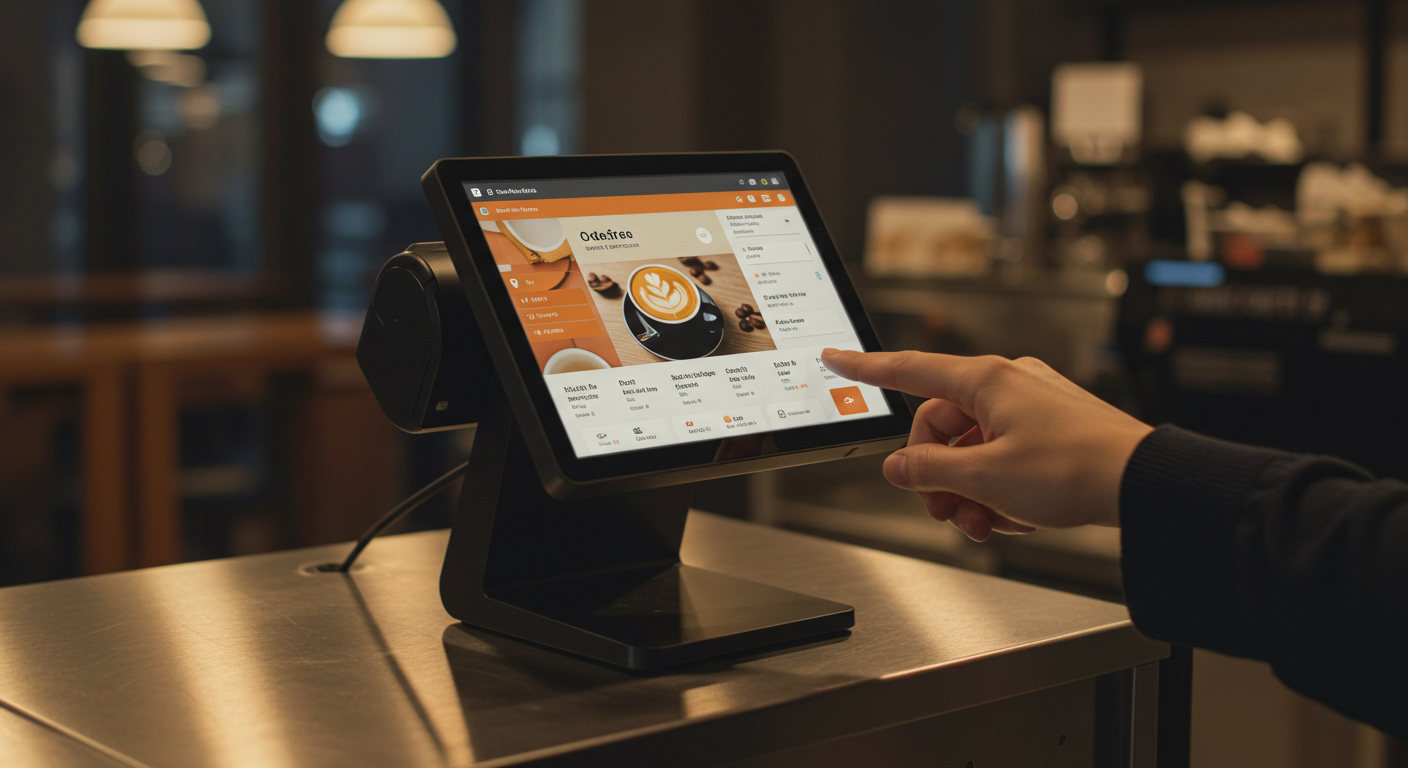
Capacitive Touch Screen POS Terminal – Next-Gen Solutions
Aug-25-2025
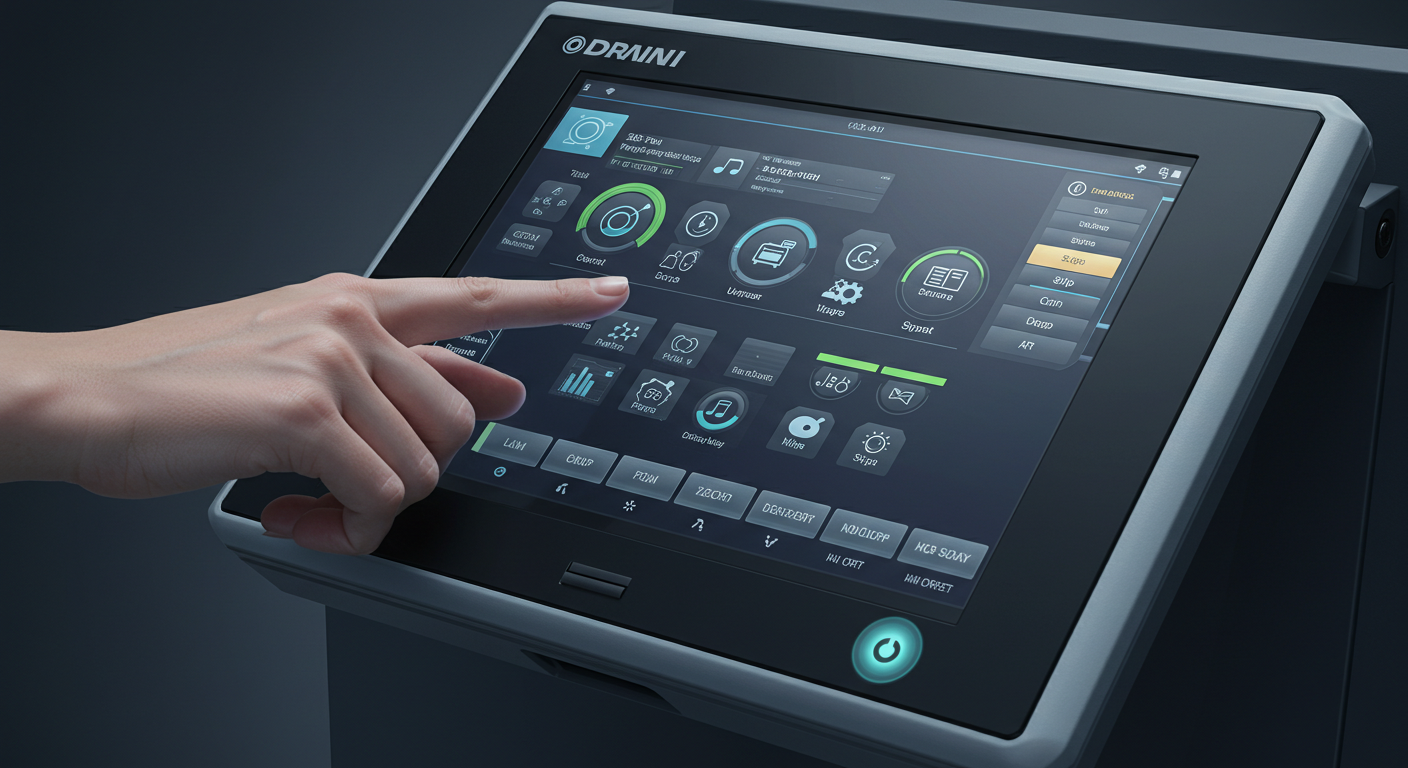
Capacitive Touch HMI Interface | Durable & Ergonomic Control
Aug-24-2025
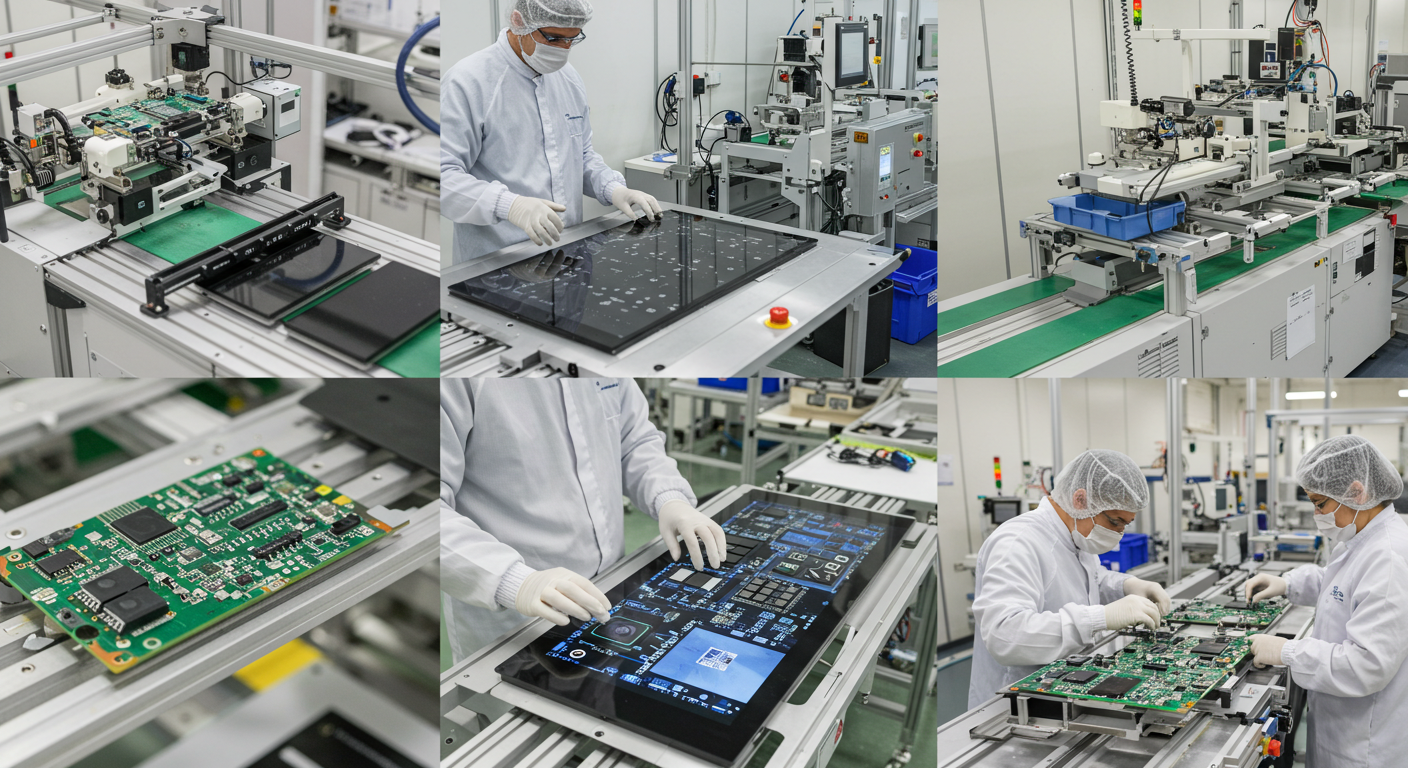
Capacitive Panel OEM Manufacturers – Custom Touchscreen Solutions
Aug-24-2025
Get a Free Quote
✔ 16 Years Manufacture Service ★★★★★
✔ 3 Technical Experts And 52+ Project Engineers Will Assiste You
✔ Wanty Employs Over 52 Engineers, Many Of Whom Come From Leading Tft Lcd Module Companies Such As Tianma And Boe-Varitronix. Each Core Team Member Brings 15 Years Of Industry Experience.
✔ If you would like more information about our products and services, please contact us. Whether you need a standard solution or a customized one, we are here to meet your needs.
✔ Please complete the form below, and the selected location will contact you promptly. Thank you for visiting, and have a great day!
